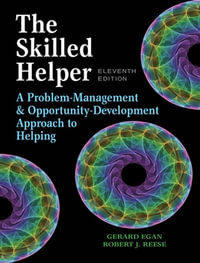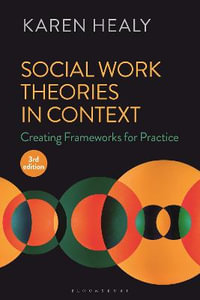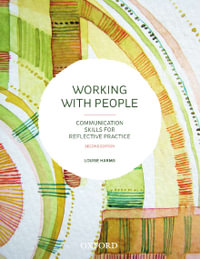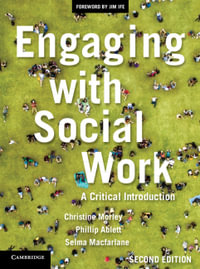Peter DeJong and Insoo Kim Berg's
Interviewing for Solutions features a proven, solutions-oriented approach to basic interviewing that views clients as competent, helps them to visualize the changes they want, and builds on what they are already doing that works. Throughout the book, the authors present models for solution-focused work, illustrated by examples and supported by research.
New to this Edition
- NEW References and content have been updated to reflect the latest research, skills, and terminology.
- NEW Chapter 3 features a significant reorganization based on emerging communications research on therapy conversations. Skills have been reconceptualized and re-ordered to better represent those used in solution-building conversations. The chapter also includes a new section on solution-building as a "collaborative conversation" that draws on new findings and writings based on micro analysis of therapy conversations, as well as a new discussion of the concept of "grounding" that clarifies how new understandings (including elements of solutions) are created in dialogue between practitioners and clients.
- NEW Chapter 6 now includes a section on the "miracle scale."
- Chapter 11 includes new content such as a brief addition on early process research at BFTC; an expanded and updated section on more recent (controlled) research about outcomes of solution-focused interviewing; and direction to a Web site offering a research manual for solution-focused brief therapy.
- Chapter 12 offers updated and expanded content and references on the usefulness of solution-focused interviewing for diversity-sensitive and competent practice.
- Chapter 13 includes new sources and links to sites on solution-focused practice in groups and organizations, as well as a revised section on case documentation and links to sites with examples of solution-focused case documentation.
- Chapter 14 addresses new program applications of using solution-focused practices in rehabilitative health care, supervision, and organizational practice.
- Chapter 15 includes added discussion and references to microanalysis research in the field of communications analysis, which clarifies empirically how questions work in dialogue to create new meanings between clients and practitioners that lead to solutions for clients. To offer theoretical conclusions about how solutions get built between practitioners and clients, this chapter also now returns to the revised communication skills and the concept of "grounding" introduced in Chapter 3 and illustrated in dialogues throughout the book.
About the Authors
Peter De Jong
Peter De Jong, Ph.D., is a professor of social work at Calvin College in Grand Rapids, Michigan. He has been an outpatient therapist, case worker, and led trainings and consultations with mental health clinics, family service agencies, juvenile corrections programs, and schools. In addition to co-authoring (with Insoo Kim Berg) two earlier editions of INTERVIEWING FOR SOLUTIONS, he has written several articles and book chapters on solution-focused therapy. Peter continues to develop new practice tools and therapy and training manuals, and to conduct research on practice and how new practitioners acquire a solution-focused outlook and skills.
Insoo Kim Berg
Insoo Kim Berg, M.S.S.W. is a co-developer of the solution-focused approach and is the director of the Brief Family Therapy Center, Milwaukee, Wisconsin. Many of her 10 books and over 35 papers have been translated into 14 languages. Among her books are FAMILY BASED SERVICES, WORKING WITH THE PROBLEM DRINKER (co-author Scott D. Miller), BUILDING SOLUTIONS IN CHILD PROTECTIVE SERVICES (co-author Susan Kelly), and CHILDREN'S SOLUTION WORK (co-author Therese Steiner). Insoo lectures across North America, Europe, Scandinavia, and Pacific Rim countries and consults with organizations and various government agencies.
























